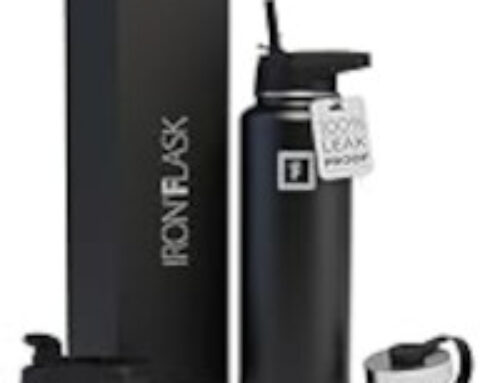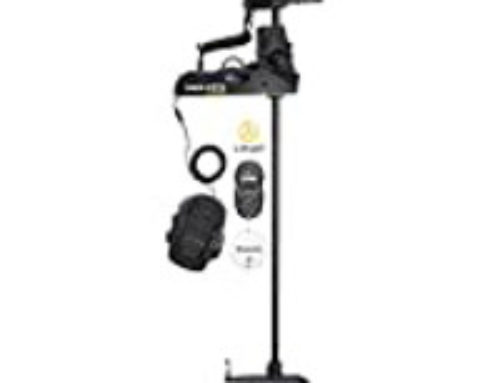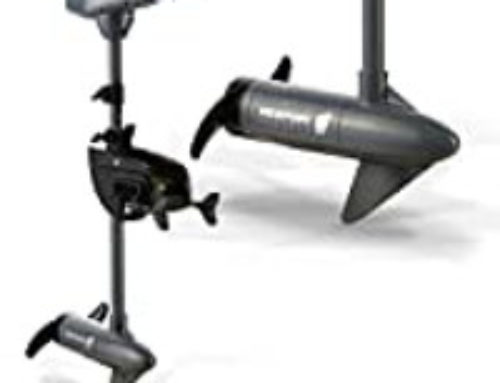Fly Fishing – Ultimate Method For Catching Bluegills
The most exciting way to fish for Bluegills is with a floating spider on a Fly Rod. Once you have found the gills and you drop a dry fly (Spider) over the top of them the fight is on. This fight begins with the gills that are just under the surface, each fighting for a quick lunch. I have seen up to 4 Gills at one time come out of the water for my bait and what a thrill that is. Then you have the fight between you and the Bluegill, in which a nice sensitive Fly Rod makes it a challenge on every big Bluegill. After 75 to 100 fish your arm and risk will definitely be feeling it and you will find that you have to use both hands on the rod at times, especially when they take you down into the weeds.
Late May & Early June Bluegills
This time of the year is a must for shoreline fishing and a fly rod. The best baits will be a Purple, Green, Blue, Red, or Brown spider. With a good homemade spider (dry fly) you can catch 100 Bluegills before needing to replace it with another. Here are a few tips on an artificial foam spider;
1. Make your own Spiders, they will last longer, catch more fish, and cost pennies not dollars.
2. When making your spiders wrap thread on the hook first, then place the sponge spider body on the hook and wrap that. This will help keep your hook from rotating after catching a few Gills.
3. Do not use colored hooks as the paint will break loose and your hook will rotate, a rotated hook will not catch fish.
4. Epoxy the body unto the hook after you have tied it on.
5. Thread your spider legs through the sponge body and epoxy each side, where the legs exit.
6. Use flashbou instead of rubber spider legs, it’s much stronger and will not break or rot.
7. If using rubber spider legs do not purchase them, cut open an elastic cord, as they have the same rubber strands, but they are much tougher and cheaper.
8. Have both small spiders and large spiders (large hook & body) so when fighting the Gill & Weeds your hook will not straighten.
Bluegill Strikes On Homemade Spiders (Dry Flies)
Here in this video we are using the large Green Spider and showing you the strike and retrieval. On some of these strikes we have slowed down the action so you can get a better idea of how aggressive & explosive these strikes are. Here we started with only keeping 8 inch Gills or larger, then changed to 8.25″ and larger, we filled a 5 gallon bucket up with these.











